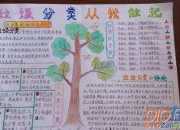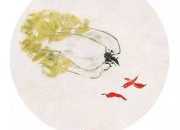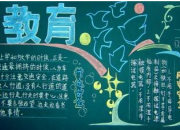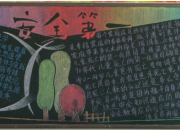塔斯马尼亚恶魔的死亡之谜英语美文
时间:2021-08-31Starting in the late 1990s Tasmanian wildlife authorities began receiving unusual reports: Some of the island"s Tasmanian devils were spied with their faces marred by ulcerated sores.
Small and furry, the carnivores are known for their unearthly howl and cranky temperament. They are also well loved as a species unique to Tasmania, an island outpost calved from mainland Australia.
But what was initially a bit of a scientific curiosity soon became a potential catastrophe. The results of the first investigative survey revealed that tens of thousands of Tasmanian devils had died from a disease now known as Devil Facial Tumor Disease.
Alistair Scott is a project leader for the devil disorder program at Tasmania"s Department of Primary Industries, Water, and Environment. He says that initial survey revealed that the disease was running rampant through the eastern half of Tasmania.
"Mapping and monitoring showed it was across 65 percent of the state," Scott said.
"The maximum population estimate [before the disease struck] was between 130,000 and 150,000. So from that, we believe we"ve lost up to 75,000. This has had a major impact on the devil population.""
Devil Facial Tumour Disease causes cancers to appear first in and around the mouth before spreading down the neck and, sometimes, into the rest of the body. Both male and female adults are more commonly affected than juveniles.
Sick devils also become emaciated, because the tumors interfere with eating, and many mothers lose their young.
The animals can die within six months of the appearance of the first sores, and in some areas whole populations have been wiped out within 18 months.
A special Tasmanian devil-dedicated laboratory has been set up in the northern town of Launceston, where scientists are desperately trying to work out what causes the disease and how it is transmitted.











